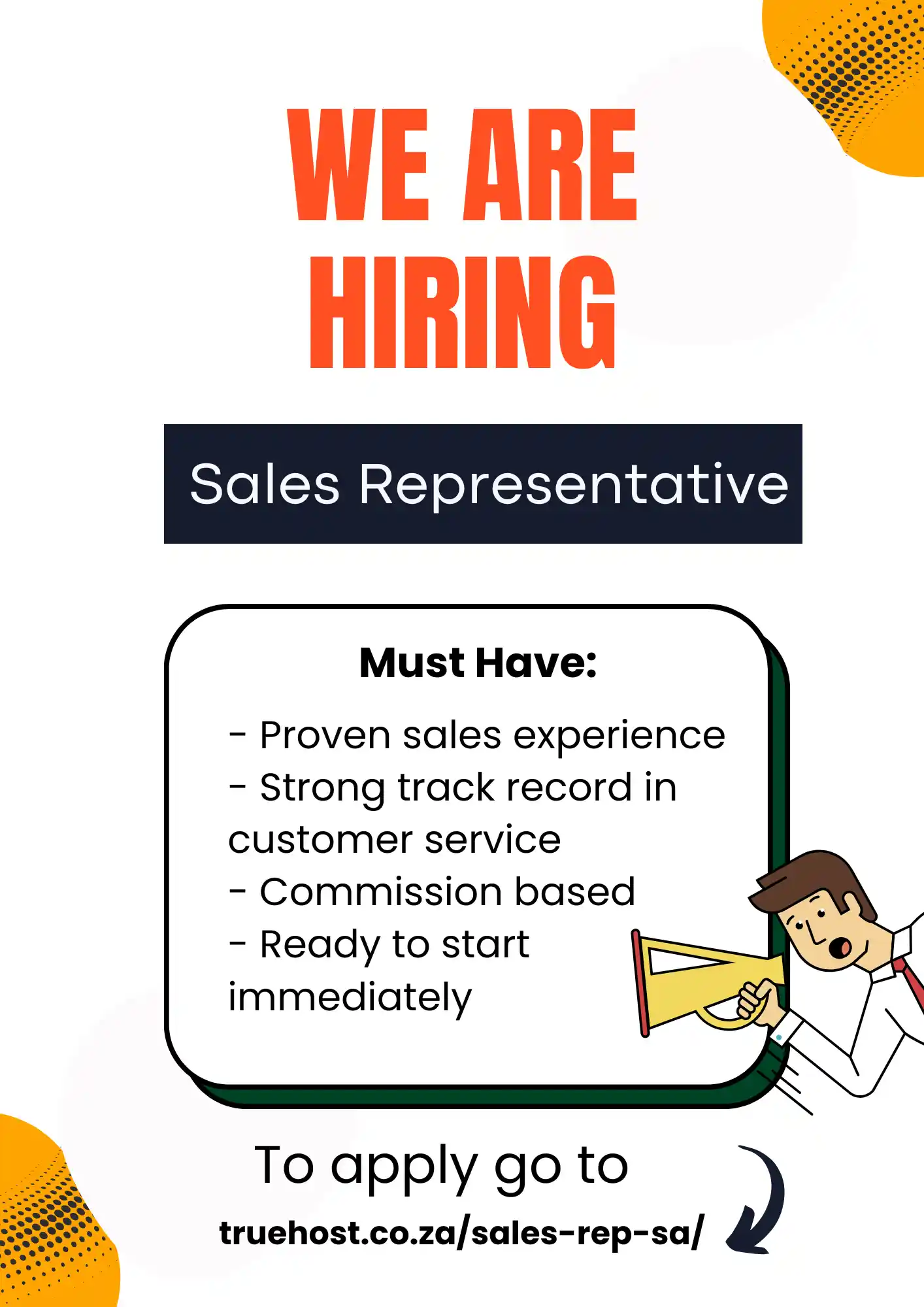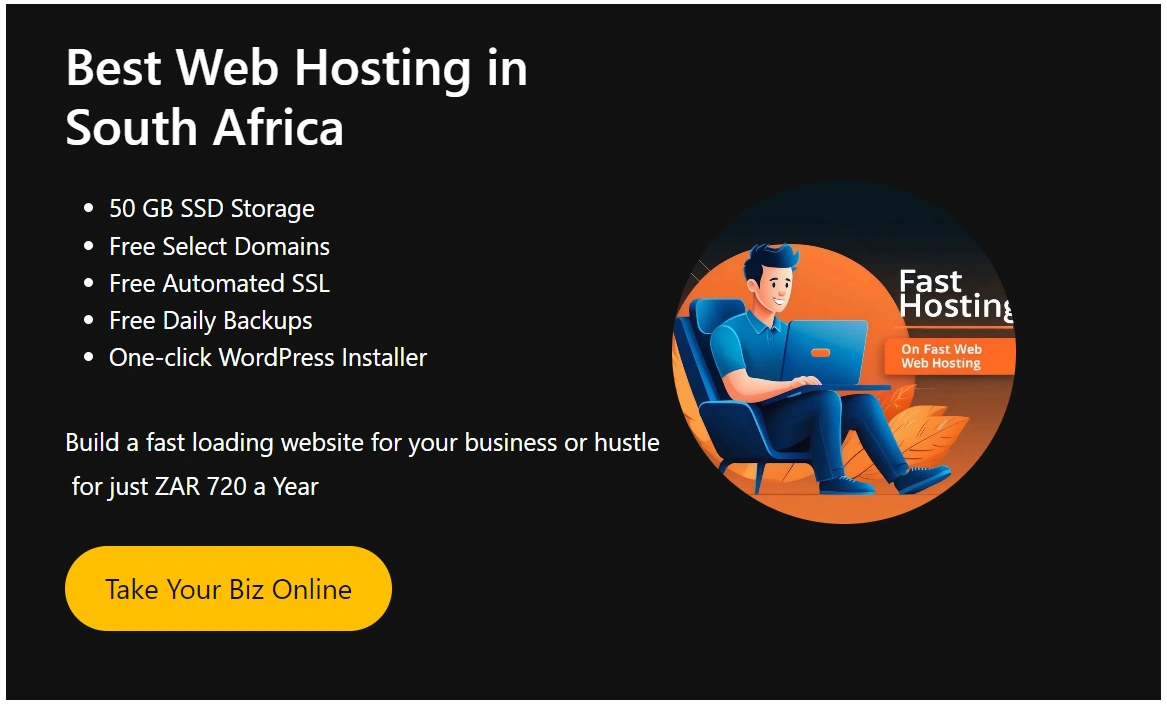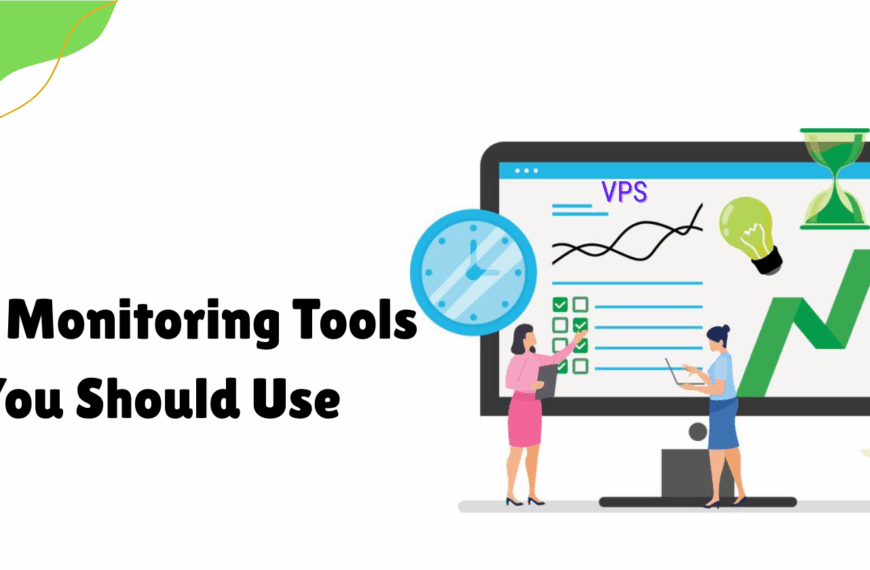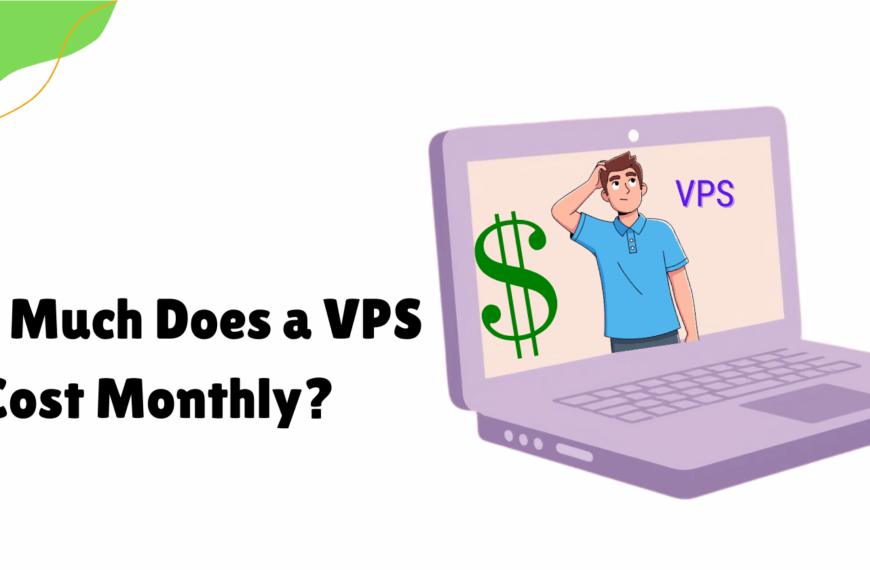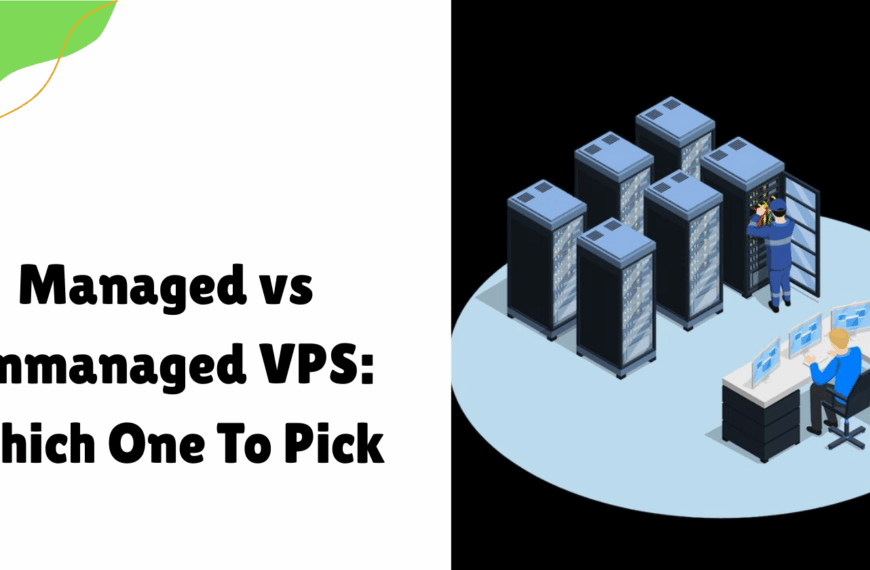Last updated on September 7th, 2024 at 09:46 am
Are you ready to tap into online business and sell digital products online in South Africa?
Trust me, you’re in for a thrilling ride.
I remember when I first started my journey.
It was like stepping into a whole new universe – exciting, a bit scary, but full of potential.
And let me tell you, the opportunities here are massive.
South Africa’s digital market is booming, with more people than ever shopping online and hungry for valuable digital content.
In fact, according to Statista, the digital media market in South Africa is projected to grow by 6.58% from 2024-2027, reaching a market volume of US$1281.00m in 2027.
Whether you’re thinking about e-books, online courses, software, or digital art, there’s a market waiting for you.
In this guide, I’m going to walk you through everything you need to know to get started and succeed in selling digital products online in South Africa.
We’ll cover the essentials, break down the process step-by-step, and I’ll share some hard-earned wisdom to help you avoid the pitfalls I stumbled into.
By the end of this post, you’ll have a clear roadmap to launch your digital product empire.
So, buckle up and let’s dive in!

Table of Contents
What You’ll Need to Sell Digital Products Online in South Africa
Before we jump into the nitty-gritty, let’s talk about what you’ll need in your toolkit to sell digital products online in South Africa.
Think of this as your digital business starter pack.
Essential Tools and Platforms
a). A reliable website or e-commerce platform
- Options like Shopify, WooCommerce, or Gumroad are great for beginners
- Choose one that’s user-friendly and scalable
b). Payment gateway
- PayFast, PayGate, or PayPal for handling transactions
- Make sure it supports South African currency (ZAR)
c). Digital product delivery system
- Automated systems like SendOwl or Easy Digital Downloads
- Ensures instant delivery to customers
d). Email marketing tool
- MailChimp or ConvertKit for building and nurturing your customer base
- Essential for follow-ups and promotional campaigns
e). Analytics software
- Google Analytics to track website traffic and sales performance
- Helps you make data-driven decisions
Legal Requirements
Now, I know legal stuff isn’t the most exciting, but it’s crucial to get right.
Here’s what you need to consider:
- Register your business: Decide on a business structure (sole proprietorship, Pty Ltd, etc.) and register with CIPC
- Tax compliance: Register for income tax and VAT (if applicable) with SARS
- Terms and conditions: Clearly outline your policies on your website
- Privacy policy: Ensure compliance with POPI Act for handling customer data
Skills and Knowledge
You don’t need to be a tech wizard, but having these skills will give you a significant edge:
- Basic web design and management
- Content creation
- Digital marketing fundamentals
- Customer service
- Financial management
Don’t worry if you’re not an expert in all these areas.
You can always learn as you go or outsource certain tasks.
The key is to start with what you have and continuously improve.
Remember, to sell digital products online in South Africa, you don’t need to have everything perfect from day one.
What matters most is taking that first step and being willing to learn and adapt along the way.
Step-by-Step Instructions to Sell Digital Products Online in South Africa

Alright, now that we’ve got our toolkit ready, let’s break down the process of how to sell digital products online in South Africa into manageable steps.
I’ll guide you through each stage, sharing insights from my own experience to help you navigate this journey smoothly.
1. Choose Your Digital Product
The first and most crucial step is deciding what you’re going to sell.
This decision will shape everything else in your business, so take your time here.
Assess your skills and passions
- What are you good at?
- What do you enjoy doing?
- What unique knowledge or expertise do you have?
Research the market
- What’s in demand in South Africa?
- Are there gaps you can fill?
- Who’s your competition?
Popular digital product ideas in South Africa
- E-books on local topics or niche interests
- Online courses (e.g., entrepreneurship, tech skills, personal development)
- Software or apps tailored to South African needs
- Digital art or photography featuring South African themes
- Templates or tools for local businesses
Here’s a table comparing the best digital products you can sell online in South Africa.
| Product Type | Pros | Cons | Price Range (ZAR) | Examples |
| Online Courses | High profit potential, scalable, establishes you as an expert | Time-consuming to create, requires marketing effort, competition can be high | 500 – 10,000+ | Masterclass, Udemy courses, SkillShare courses |
| E-books | Easy to create and distribute, low overhead costs, potential for passive income | Lower price point, can be easily pirated, requires marketing to reach audience | 100 – 1,000 | Kindle books, self-published novels, non-fiction guides |
| Stock Photos & Videos | High demand, passive income potential, relatively easy to create if you have photography/videography skills | Requires large portfolio, competition can be high, can be time-consuming to build a library | 50 – 500 | Shutterstock, iStock, Getty Images |
| Printables & Templates | Low barrier to entry, easy to create and update, high profit margin | Lower price point, can be easily copied, requires consistent creation of new products | 50 – 500 | Planners, worksheets, social media templates, resume templates |
| Software & Apps | High profit potential, can solve specific problems, potential for recurring revenue through subscriptions | Requires technical skills, can be expensive and time-consuming to develop, requires ongoing maintenance and updates | 100 – 5,000+ | Productivity tools, photo editing apps, mobile games |
| Memberships & Subscriptions | Recurring revenue, builds community, potential for high customer loyalty | Requires consistent content creation and engagement, can be difficult to retain members, requires marketing effort | 100 – 1,000+ | Online communities, coaching programs, exclusive content libraries |
| Digital Art & Design | Unique and creative expression, high demand for custom designs, can be sold as prints or licensed | Requires artistic skills, competition can be high, can be difficult to price | 50 – 5,000+ | Illustrations, logos, fonts, website themes |
| Music & Audio | Creative expression, potential for licensing opportunities, can be used in various projects | Requires musical/audio production skills, competition can be high, can be difficult to protect from piracy | 10 – 1,000 | Sound effects, background music, royalty-free music |
Remember, the best product is one that solves a problem or fulfills a desire for your target audience.
2. Create Your Product
Now comes the fun part – bringing your digital product to life!
Plan your content
- Outline your e-book or course structure
- Sketch your software features
- Draft your design concepts
Develop your product
- Write your e-book
- Record and edit your course videos
- Code your software or app
- Create your digital artwork
Quality check
- Proofread and edit your content
- Test your software thoroughly
- Get feedback from beta users
Pro tip: Don’t aim for perfection on your first try.
Get a minimum viable product out there and improve based on customer feedback.
3. Set Up Your Online Store
Time to create your digital storefront!
Choose your platform
- Shopify for a user-friendly, all-in-one solution
- WooCommerce if you’re comfortable with WordPress
- Gumroad for a super simple setup
Design your store
- Keep it clean and professional
- Ensure it’s mobile-responsive
- Optimize for fast loading speeds
Set up product pages
- Write compelling product descriptions
- Use high-quality images or video previews
- Include clear call-to-action buttons
Implement payment options
- Integrate PayFast or PayGate for local transactions
- Consider international options like PayPal
Configure your delivery system
- Set up automated delivery for instant gratification
- Test the process thoroughly to ensure smooth transactions
4. Price Your Product
Pricing can make or break your success.
Here’s how to approach it:
Research competitor pricing
- What’s the going rate for similar products?
- How does your offering compare in value?
Consider your costs
- Factor in production costs, platform fees, and marketing expenses
- Don’t forget to account for your time and effort
Value-based pricing
- What problem does your product solve?
- How much is that solution worth to your customer?
Test different price points
- Start with a launch price and adjust based on demand
- Consider offering tiered pricing for different levels of access or features
Remember, don’t undersell yourself.
South Africans are willing to pay for quality digital products that provide real value.
5. Marketing and Promotion
Now, let’s get the word out about your awesome product!
Build an email list
- Offer a free sample or lead magnet to attract subscribers
- Use email marketing to nurture relationships and promote your product
Leverage social media
- Focus on platforms where your target audience hangs out
- Create engaging content that showcases your expertise
- Use paid ads to reach a wider audience
Content marketing
- Start a blog related to your product niche
- Guest post on popular South African websites
- Create YouTube videos or podcast episodes
Partnerships and affiliates
- Collaborate with influencers or complementary businesses
- Set up an affiliate program to incentivize others to promote your product
Local SEO
- Optimize your website for South African search terms
- List your business on Google My Business
- Encourage customer reviews
6. Handle Payments and Delivery
The final piece of the puzzle is ensuring smooth transactions and delivery.
Set up secure payment processing
- Ensure your payment gateway is PCI-compliant
- Offer multiple payment options (credit card, EFT, etc.)
Automate delivery
- Use a system that instantly delivers your digital product upon payment
- Send a confirmation email with download instructions or access details
Provide customer support
- Have a clear process for handling inquiries and issues
- Consider using a chatbot for instant responses to common questions
Monitor transactions
- Regularly check your payment reports
- Be alert for any suspicious activity or fraud attempts
Do this and you’ll be well on your way to successfully sell digital products online in South Africa.
Remember, each step is important, but don’t get stuck trying to perfect everything before launching.
The key is to get started and continuously improve based on real-world feedback and results.
Read also: How to Integrate Payments with WooCommerce (The Easy Way)
How Much Can You Make Selling Digital Products in South Africa?

Let’s talk money!
Say you get into this, how much should you expect?
Well, the amount you can make selling digital products in South Africa varies greatly depending on several factors:
Type of digital product:
- Simple digital downloads (e.g., printables, stock photos): R50 – R500 per item
- E-books: R100 – R1000 per book
- Online courses: R500 – R10,000+ per course
- Software or templates: R200 – R5000+ per license
- Memberships/subscriptions: R100 – R1000+ per month
Quality and demand: High-quality products that meet a specific need or desire will generally command higher prices and attract more customers.
Marketing and promotion: Effective marketing strategies can significantly impact your sales volume and overall earnings.
Platform: The platform you choose to sell your products can influence your pricing and reach.
Here are some estimates:
- Beginner: It’s possible to earn a few thousand Rand per month starting out.
- Established seller: With a solid product offering and marketing strategy, you could earn R10,000 – R50,000+ per month.
- Top sellers: Some successful digital product creators in South Africa earn well over R100,000 per month.
Remember: These are just estimates, and your actual earnings can vary depending on the factors mentioned above.
Research your target market, create high-quality products, and implement effective marketing strategies to maximize your potential income.
Tips for Success in Selling Digital Products Online in South Africa

Now that we’ve covered the basics of how to sell digital products online in South Africa, let’s dive into some pro tips that can really set you apart from the competition.
These insights come from years of experience and countless conversations with successful digital entrepreneurs in the South African market.
Understand Your Target Audience
The key to success in any business is knowing your customer inside and out.
Here’s how to do it:
Create detailed buyer personas
- Who are they? (Age, location, income, interests)
- What are their pain points?
- What motivates them to buy?
Engage with your audience
- Join relevant Facebook groups or forums
- Conduct surveys or interviews
- Pay attention to comments and feedback on your content
Stay updated on local trends
- Follow South African news and social media trends
- Attend local events or webinars in your niche
- Network with other entrepreneurs in the digital space
Remember: The better you understand your audience, the more effectively you can tailor your products and marketing to their needs.
Creating High-Quality Products
In the digital world, quality is king.
Here’s how to ensure your products stand out:
1). Focus on solving specific problems
- Don’t try to be everything to everyone
- Niche down and excel in your chosen area
2). Invest in professional design
- First impressions matter, especially online
- Consider hiring a graphic designer for your product visuals
3). Continuously update and improve
- Gather feedback and act on it
- Regularly add new content or features to keep your product fresh
4). Provide exceptional value
- Over-deliver on your promises
- Include bonuses or unexpected extras
Pro tip: Quality doesn’t always mean complexity.
Sometimes, the simplest solutions are the most valuable.
Focus on making your product easy to use and understand.
Building a Strong Brand
Your brand is what sets you apart in a crowded digital marketplace.
Here’s how to build a memorable brand:
Develop a unique voice and style
- Be authentic and consistent across all platforms
- Let your personality shine through
Create a compelling brand story
- Share why you started your business
- Highlight what makes your approach unique
Use visuals effectively
- Design a professional logo
- Maintain consistent color schemes and imagery across your website and products
Leverage social proof
- Showcase customer testimonials
- Display trust badges and certifications
Remember: Your brand is more than just a logo – it’s the overall experience you provide to your customers.
Providing Excellent Customer Support
In the digital product world, great support can be your secret weapon.
Here’s how to excel:
Be responsive
- Aim to reply to inquiries within 24 hours
- Use autoresponders to acknowledge receipt of messages
Create comprehensive FAQs
- Anticipate common questions and provide clear answers
- Update your FAQs regularly based on customer inquiries
Offer multiple support channels
- Email support for detailed inquiries
- Live chat for quick questions
- Consider a community forum for peer-to-peer support
Go above and beyond
- Look for opportunities to surprise and delight your customers
- Follow up after purchase to ensure satisfaction
Pro tip: Great customer support can turn a one-time buyer into a loyal fan and brand advocate.
Invest time and resources in this area – it will pay off in the long run.
Implement these tips and you’ll be well-positioned to not just sell digital products online in South Africa, but to build a thriving, sustainable business.
Remember, success doesn’t happen overnight.
Stay patient, keep learning, and always focus on providing value to your customers.
Common Mistakes to Avoid When Selling Digital Products Online in South Africa

As someone who’s been in the trenches of digital entrepreneurship in South Africa, I’ve seen (and made) my fair share of mistakes.
Let’s talk about some common pitfalls to avoid as you sell digital products online in South Africa.
Learning from these can save you time, money, and a lot of headaches.
Underpricing or Overpricing
Pricing is a delicate balance, and getting it wrong can seriously impact your business.
Underpricing mistakes:
- Devaluing your product in customers’ eyes
- Leaving money on the table
- Making it harder to scale your business
Overpricing pitfalls:
- Scaring away potential customers
- Creating unrealistic expectations
- Attracting negative reviews if the value doesn’t match the price
How to avoid:
- Research your competitors thoroughly
- Start with a slightly higher price and offer discounts, rather than starting too low
- Test different price points and analyze the results
- Remember, price often signals quality in the digital world
Neglecting Marketing
“Build it and they will come” doesn’t work in the digital marketplace.
Common marketing oversights:
- Focusing solely on product creation and ignoring promotion
- Relying on a single marketing channel
- Inconsistent or sporadic marketing efforts
How to avoid:
- Allocate at least 20% of your time to marketing
- Develop a multi-channel marketing strategy (social media, email, content marketing, etc.)
- Create a marketing calendar to ensure consistent efforts
- Track your marketing ROI and double down on what works
Ignoring Customer Feedback
Your customers are your best source of insights for improvement.
Feedback-related mistakes:
- Not providing easy ways for customers to give feedback
- Dismissing negative feedback or complaints
- Failing to act on valuable suggestions
How to avoid:
- Actively seek feedback through surveys, follow-up emails, and social media
- Respond to all feedback, especially negative reviews, professionally and constructively
- Implement changes based on consistent feedback
- Showcase how you’ve improved based on customer suggestions
Poor Website Design
Your website is often the first impression customers have of your business.
Website design errors:
- Cluttered, confusing layouts
- Slow loading speeds
- Not mobile-responsive
- Difficult navigation or checkout process
How to avoid:
- Invest in professional web design if possible
- Prioritize user experience and simplicity
- Ensure your site is fully responsive on all devices
- Regularly test and optimize your site’s speed and performance
Overlooking Legal and Tax Compliance
It’s easy to get caught up in the excitement of launching your product and forget about the legal side of things.
Common legal and tax mistakes:
- Not registering your business properly
- Ignoring VAT requirements
- Failing to protect your intellectual property
- Not having clear terms and conditions or privacy policies
How to avoid:
- Consult with a legal professional or accountant familiar with digital businesses
- Stay updated on South African e-commerce laws and tax regulations
- Properly trademark your brand and products
- Clearly communicate your policies on your website
Focusing on Features Instead of Benefits
When describing your product, it’s tempting to list all its amazing features.
But customers care more about how it will benefit them.
Feature-focus mistakes:
- Overwhelming customers with technical details
- Failing to connect features to customer needs
- Not addressing the “What’s in it for me?” question
How to avoid:
- For each feature, ask yourself “So what?” to uncover the benefit
- Use storytelling to illustrate how your product solves problems or improves lives
- Highlight testimonials that showcase real-world benefits
- Create a clear value proposition that emphasizes outcomes, not just capabilities
Remember, when you sell digital products online in South Africa, your customers are buying solutions and experiences, not just a list of features.
Neglecting Post-Purchase Experience
Many entrepreneurs focus all their energy on making the sale, forgetting that the customer journey continues after purchase.
Post-purchase mistakes:
- Not following up with customers after their purchase
- Providing inadequate product support or documentation
- Failing to nurture customers for future sales or referrals
How to avoid:
- Create a robust onboarding process for your digital product
- Develop comprehensive user guides or video tutorials
- Implement an email sequence to check in with customers and offer additional value
- Set up a referral program to encourage satisfied customers to spread the word
Trying to Do Everything Yourself
As entrepreneurs, we often fall into the trap of thinking we need to handle every aspect of our business.
DIY pitfalls:
- Spreading yourself too thin
- Neglecting core business activities
- Slow growth due to limited capacity
How to avoid:
- Identify your strengths and focus on those areas
- Outsource or delegate tasks that aren’t your forte
- Consider partnerships or collaborations to fill skill gaps
- Invest in tools and automation to streamline processes
By avoiding these common mistakes, you’ll be better positioned to successfully sell digital products online in South Africa.
Remember, every mistake is a learning opportunity.
Don’t be afraid to make them, but try to learn from others’ experiences when you can.
Troubleshooting Common Issues

Even with the best preparation, you’re likely to encounter some challenges as you sell digital products online in South Africa.
Let’s tackle some common issues and how to resolve them.
Dealing with Technical Issues
Technical problems can be frustrating for both you and your customers.
Here’s how to handle them:
Website downtime
- Have a backup plan (e.g., alternative download link)
- Communicate transparently with customers about the issue
- Consider using a reliable hosting service with good uptime guarantees
Payment gateway failures
- Offer alternative payment methods
- Keep your payment gateway provider’s contact information handy
- Regularly test your payment process to catch issues early
Digital product delivery failures
- Set up automated notifications for failed deliveries
- Have a manual delivery process as a backup
- Regularly update and test your delivery system
Pro tip: Create a troubleshooting guide for common technical issues.
This can help you resolve problems quickly and consistently.
Handling Customer Complaints
Unhappy customers are inevitable, but how you handle their complaints can make or break your reputation.
Respond promptly
- Aim to acknowledge complaints within 24 hours
- Even if you can’t solve the issue immediately, let them know you’re working on it
Listen and empathize
- Let the customer express their frustration
- Show that you understand their perspective
Take responsibility
- Don’t make excuses or blame the customer
- Focus on finding a solution
Go above and beyond
- Offer compensation if appropriate (e.g., partial refund, bonus content)
- Follow up after resolving the issue to ensure satisfaction
Remember: A well-handled complaint can turn a frustrated customer into a loyal advocate.
Addressing Payment Problems
Payment issues can be particularly sensitive.
Here’s how to navigate them:
Disputed charges
- Keep detailed records of all transactions
- Respond promptly to any chargeback notifications
- Consider implementing fraud prevention measures
Refund requests
- Have a clear refund policy and communicate it upfront
- Process valid refunds quickly and courteously
- Analyze refund reasons to improve your product or marketing
International payment challenges
- Consider using a payment processor that handles multiple currencies
- Be transparent about any currency conversion fees
- Offer region-specific pricing if feasible
Pro tip: Regular financial reconciliation can help you catch and address payment issues early.
Dealing with Negative Reviews
Negative reviews can feel like a punch to the gut, but they’re not the end of the world.
Here’s how to handle them:
Respond professionally
- Thank the reviewer for their feedback
- Address their specific concerns
- Offer to make things right if possible
Learn from the criticism
- Look for patterns in negative feedback
- Use insights to improve your product or service
Encourage positive reviews
- Ask satisfied customers to leave reviews
- Make the review process as easy as possible
Consider review management tools
- Use software to monitor and manage your online reputation
- Set up alerts for new reviews so you can respond quickly
Remember: Negative reviews, when handled well, can actually boost your credibility and show potential customers that you care about their experience.
Being prepared for these common issues, you’ll be better equipped to navigate the challenges of selling digital products online in South Africa.
Remember, every problem is an opportunity to improve your business and strengthen your relationship with your customers.
Stay patient, keep learning, and don’t be afraid to ask for help when you need it.

Final Thoughts
Congratulations! You’ve now got a comprehensive roadmap to sell digital products online in South Africa.
We’ve covered a lot of ground, from choosing your product and setting up your online store, to marketing strategies and troubleshooting common issues.
Let’s recap the key points:
- Choose the right digital product that aligns with your skills and meets market demand
- Set up a user-friendly online store with secure payment options
- Price your product strategically, considering both value and market factors
- Implement a multi-channel marketing strategy to reach your target audience
- Provide exceptional customer support to build loyalty and encourage referrals
- Stay compliant with legal and tax requirements specific to South Africa
- Continuously improve your product based on customer feedback
- Be prepared to handle technical issues and customer complaints professionally
Remember, success in the digital product space doesn’t happen overnight.
It takes persistence, adaptability, and a willingness to learn from both successes and failures.
The South African digital market is growing rapidly, and there’s plenty of room for innovative, value-driven entrepreneurs like you.
Whether you’re selling e-books, online courses, software, or any other digital product, the principles we’ve discussed will help you build a thriving online business.
As you embark on this exciting journey to sell digital products online in South Africa, keep in mind that every successful entrepreneur started exactly where you are now.
The key is to take that first step, learn as you go, and never lose sight of the value you’re providing to your customers.
So, what are you waiting for? It’s time to turn your digital product idea into a reality.
South Africa’s online marketplace is waiting for what you have to offer.
Go out there, make your mark, and don’t forget to enjoy the journey!
FAQ Section
Here are some frequently asked questions about selling digital products online in South Africa:
Do I need to register my online business in South Africa?
Yes, it’s generally advisable to register your business with the Companies and Intellectual Property Commission (CIPC). The type of registration depends on your business structure.
What are the tax implications of selling digital products in South Africa?
You’ll need to register for income tax with SARS. If your annual turnover exceeds R1 million, you’ll also need to register for VAT.
Can I sell digital products to customers outside of South Africa?
Absolutely! One of the advantages of digital products is the ability to sell globally. Just be aware of any international tax implications.
What’s the best payment gateway for selling digital products in South Africa?
Popular options include PayFast, PayGate, and PayPal. The best choice depends on your specific needs and target market.
How do I protect my digital products from piracy?
Consider using digital rights management (DRM) tools, watermarking, or limiting access through password protection. However, balance protection with user experience.
Is it necessary to have a refund policy for digital products?
While not always legally required, having a clear refund policy can build trust with customers and is generally good business practice.
How can I market my digital products effectively in South Africa?
Utilize a mix of social media marketing, content marketing, email marketing, and potentially paid advertising. Focus on platforms popular in South Africa.
Do I need to charge VAT on my digital products?
If your turnover exceeds the VAT threshold (currently R1 million per year), you’ll need to register for VAT and charge it on your products.
Remember, while this FAQ provides general guidance, it’s always best to consult with legal and financial professionals for advice tailored to your specific situation when you’re looking to sell digital products online in South Africa.
Read also:
 Web Hosting
Web Hosting Windows HostingBuilt for Windows apps and websites – stability, speed and flexibility
Windows HostingBuilt for Windows apps and websites – stability, speed and flexibility Reseller HostingLaunch a hosting business without technical skills or expensive infrastructure
Reseller HostingLaunch a hosting business without technical skills or expensive infrastructure Affiliate ProgramRefer customers and earn commissions from sales across our platform
Affiliate ProgramRefer customers and earn commissions from sales across our platform Domain SearchFind and secure a domain name in seconds with our quick lookup tool
Domain SearchFind and secure a domain name in seconds with our quick lookup tool CO ZA Domains
CO ZA Domains All DomainsExplore domain names from over 324 TLDs globally – all in one place
All DomainsExplore domain names from over 324 TLDs globally – all in one place Free Whois Lookup Tool South Africa
Free Whois Lookup Tool South Africa VPS
VPS SSLs
SSLs